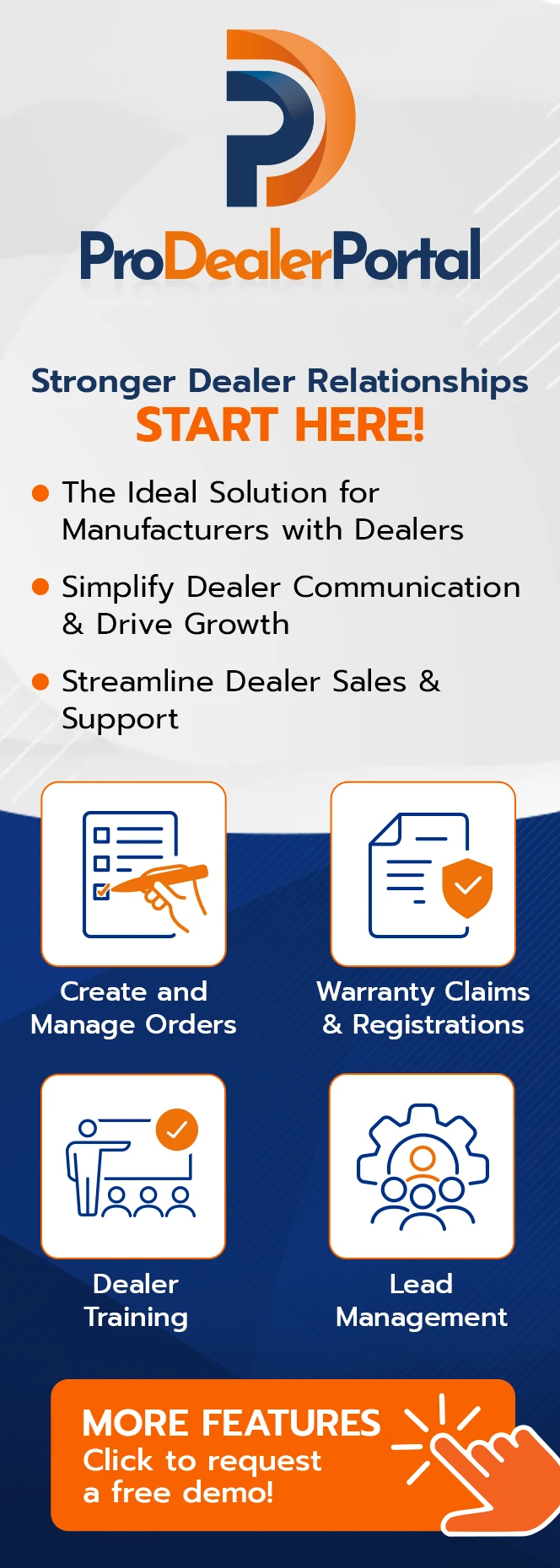Customizing 508 Compliant Software for Your Organization

Every organization holds a responsibility to ensure their software is accessible, to individuals with disabilities in line with 508 compliance standards. There are solutions to cater to the unique needs of each organization.
This post delves into the significance of tailoring 508 compliant software and how it can positively impact your organization.
Understanding 508 Compliance
The Rehabilitation Act Amendments Section 508 mandates that federal agencies and funded organizations make their technology accessible to individuals with disabilities. This encompasses websites, applications, hardware systems, and more. By ensuring your software is 508 compliant, you are actively promoting inclusivity and accessibility for all users.
The Importance of Customization
While many software products claim to comply with 508 standards, they may not fully meet your organization’s requirements. Each business has functionalities and workflows to consider when creating accessible software. Customizing your software solution ensures it aligns perfectly with your goals and meets all accessibility criteria.
Creating Customized Accessibility Features
Tailoring accessibility features in software that complies with 508 standards enables you to personalize the experience for your users based on their needs. For instance, if your organization primarily serves individuals who are blind or have impairments, you can prioritize features such as text-to-speech functionality or descriptive audio content to enhance screen reader compatibility.
Conversely, catering to users with mobility impairments could involve designing interfaces with buttons or incorporating input methods like voice commands. By utilizing customization options, you can effectively address a variety of disabilities.
Enhancing User Engagement
A benefit of customizing 508 software is the improvement in user experience. When users interact with tools tailored to their requirements, they feel empowered and supported, which leads to efficient task completion. By investing in personalized accessibility features, you showcase a dedication to inclusivity. Create an environment where all users can interact fully with your software.
Inclusive Testing for User Experience
As part of the customization process, it is crucial to conduct usability testing involving individuals with disabilities. This practice allows you to gather feedback and insights that contribute to creating an inclusive user experience. By involving users in the testing phase, you ensure their voices are heard, their needs are met, and any potential obstacles are overcome.
Integrating with Existing Systems
Customizable software that complies with 508 standards can smoothly blend in with the systems in place at your organization. Whether it’s incorporating features for sign-on or ensuring compatibility with platforms, customization allows for seamless integration without causing disruptions to your workflows or compromising accessibility requirements. Selecting a solution that can adjust to your organization’s technical needs is crucial.
Ongoing Support and Upkeep
Implementing software marks the start of your journey toward maintaining 508 compliance. Regular support and upkeep play a role in sustaining compliance over time. Opting for a vendor that provides long-term support guarantees that any updates or improvements align with evolving accessibility standards while remaining tailored to meet your requirements.
Incorporating Customization from the Development Stage
One method to ensure that your organization’s software is 508 compliant is to include customization from the development phase. By involving accessibility experts, you can address particular needs and create software solutions that cater to both functional requirements and users’ accessibility needs. This not only saves time and resources but also ensures that accessibility considerations are deeply embedded in the core of the software.
Fostering Collaboration Between Developers and Users
Creating personalized 508-compliant software requires fostering communication channels between developers and users. Feedback from users is crucial in grasping their requirements and obstacles when using tools. By engaging individuals with disabilities in the customization process, you can acquire insights and make well-informed decisions regarding integrating specific features or functionalities to enhance their user experience.
Summary
Adapting 508 software for your company is essential and a chance to establish an inclusive digital space for people with disabilities. By customizing accessibility features, performing usability tests, integrating with systems, and prioritizing support, you can ensure your software caters to your organization’s distinct needs while adhering to government regulations. Embrace customization to offer access and opportunities for all users and promote an inclusive future in technology.
